Submitted by Michael Every of Rabobank
The State of the Union is the ostensible focus today. The State of the Disunion should be of equal importance. Let’s start with the US, where President Trump is going to wheel out that hoary old cliché “bipartisanship” when he speaks tonight. Achieving that in the current US political climate is a challenge, perhaps an even greater challenge than Nancy Pelosi will have in keeping a neutral face while she sits right behind him. Let’s listen for clues on a possible emergency being declared to “build the wall”, as well as what is going on re: meeting Xi and Kim in Da Nang, Vietnam, and on infrastructure: it still seems amazing that two years into a real-estate developer’s presidency the only thing being talked about being built is that wall.
Want another snap-shot of disunion? The good ship Brexit continues to trundle towards the 29 March iceberg with PM May’s “plan” being: (1) repeat the word “Brexit” every few hours; and (2) hope that at the last minute the EU blinks on the Irish border issue. That’s after experts stress that this won’t happen because bad as a Hard Brexit is–and it’s very bad–the idea of allowing a crack in the single market is infinitely worse for the EU. Meanwhile, having warned my mother to stock up on food just in case, she tells me her comfortably middle-class friends are stoically prepared to grow parsnips in their garden if needed. So Keep Calm and Carry On. Next week might see some movement in Parliament with the 14 February next ‘meaningful vote’, but lots of the population are moving towards the garden sheds to get a long-unused shovel. Need I add that the United Kingdom itself will look a lot less so in that scenario?
Of course, the European Union still isn’t looking too united itself. Perhaps it is in facing the UK. However, in terms of the liberal consensus there are clear emerging differences East vs. West. Moreover, even in the West there are deep divisions. President Macron of France has just held one of his new round of “town-hall ”meetings to try to get back in touch with citizens, and has admitted that there has been a “clear breakdown in equality” between the banlieues and wealthy suburbs, and the state must now “guarantee social justice”. That sounds expensive – but he followed that up by talking about cuts to public spending (Le face-palm). Macron also added that he had the “convictions” but not “all the solutions” – which is probably why his opinion poll ratings remain stuck around 25-35%, i.e., far lower than Donald Trump’s, while the far-right National Rally is now neck-and-neck with his La République En Marche in opinion polls for the EU elections in May.
Meanwhile, the annual Worldwide Threat Assessment published by the US Director of National Intelligence has re-categorised US–China relations as a global ideological struggle, stating China is seeking to propagate “authoritarian capitalism” to counter Western liberal democracy. Of course, the US National Defence Strategy already states that Great Power competition has returned, and that China is a “strategic rival”. Yet we now have the US admitting that there will be a “coming ideological battle” to boot. That is far more than a set of differences over tariffs or subsidies that can be settle transactionally. If the US authorities now see China is pushing for an authoritarian model globally that is inimical to US interests, how does it help the US to do a trade deal that allows said ideological system to survive and thrive? There’s no logic in it. In short, the business community and financial media can talk all they like about the opportunities for US business and investors in China, but US spies and its military are singing a very different song: there’s not much union in that approach. Would you care to take a bet on who wins? Because that’s what markets are going to have to do – and soon.
Indeed, I don’t think I am joining dots here as much as showing you the dots joining themselves when the Wall Street Journal carries a front-page expose “How China Pressured MSCI to Add Its Market to Major Benchmark”. That story underlines something I have been saying for some time: the MSCI decision to include China in its benchmark equity indices, despite the appalling behaviour during the 2015 crash (ban selling, freeze the market, censor news, arrest people saying negative things, etc.) and the absence of major reforms since, struck almost everyone who knows China has “dodgy” – and I can think of far worse adjectives to use. The WSJ now reports China effectively threatened MSCI with “business blackmail” to get what it wanted. Indeed, there remains no real argument that the inclusion decision was unjustified by fundamentals, which sounds eerily like allegations made against China vis-à-vis the WTO on trade policy (i.e., Made in China mercantilism) and the IMF in terms of the conditions for being a FX reserve currency (i.e., capital controls, which are never going away either, despite endless promises).
The key point: pressure is building on China in multiple dimensions. While the MSCI weighting so far has been very low, consider that this year it is expected to increase to as much as 15%, giving a green-light for a vast flow of FX into China’s USD7 trillion equity market….which is flat on its back, still as opaque as ever, seeing profit-warnings across the board, and facing an economic slump. Oh, and China itself is so desperate for foreign capital that it is already de facto printing money via perpetual bonds to recapitalise its banks. In short, China NEEDS that MSCI “insert money here” sign very, very badly. So badly it is alleged to have blackmailed them to get it.
Hypothetically, do you think that US intelligence and defence agencies saying China is a physical and ideological opponent, alongside the exposure of the questionable basis on which this MSCI approval for bailing out China was granted, might just mean there is a backlash from fund managers or an MSCI rethink ahead? Or that MSCI might have to come up with a global and a global ex-China benchmark, allowing people to decide how they want to allocate their capital more tactically/politically? (Which Bloomberg already seems to be doing with its new global aggregate bond indices that will be phased in from April.) Put together all this disunity and fleshing out sensible market trade patterns is not immediately evident given the complexity involved. But higher volatility is one theme; and lower CNY and so Asian FX, and higher USD, is another.
This morning also saw the release of the Australia Royal Banking Commission. Cynics argue its conclusions are: terrible things happened; nobody should be punished; and nothing needs to change. Others stress that the government can smell the way the political winds are blowing, and re-regulation is coming anyway. Most crucially, will it mean Aussie banks can start lending 10 times income multiples again for mortgages? Or pretend borrowers only spend only a tiny percentage of their income on anything other than mortgages? The fate of the Aussie housing market, and economy, depends on it. On which note, this morning’s trade and retail sales data saw the former a blockbuster at AUD3,681m vs. AUD2,225m expected, and the latter a shocker at -0.4% vs. flat expected, and for Q4 ex. inflation the print was 0.1% vs. 0.5% consensus, after 0.2% in Q3. In short, trade is doing well, for now, and the domestic economy is really not
via ZeroHedge News http://bit.ly/2GebvRS Tyler Durden
 When former Starbucks CEO Howard Schultz announced that he was thinking about running for president as a “centrist independent,” he was
When former Starbucks CEO Howard Schultz announced that he was thinking about running for president as a “centrist independent,” he was 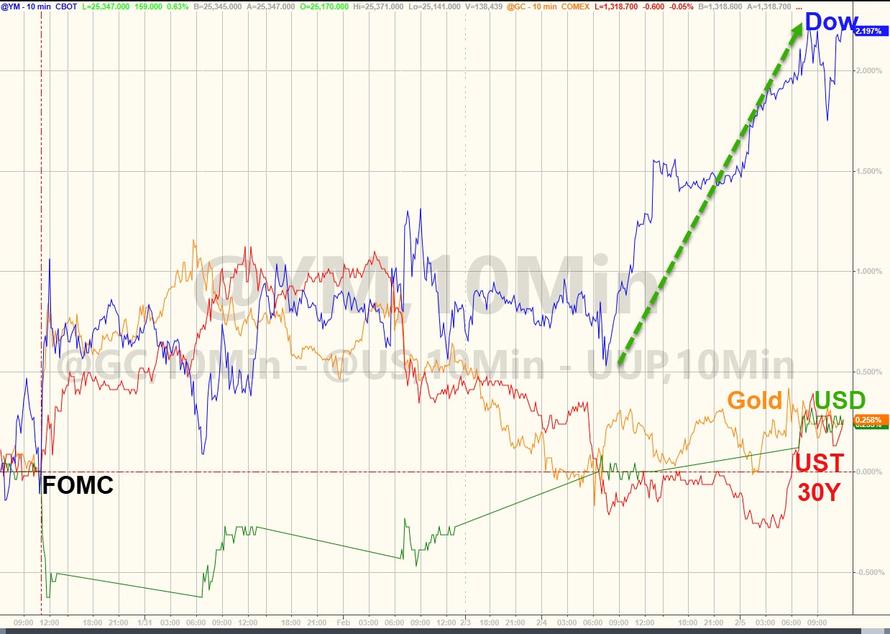
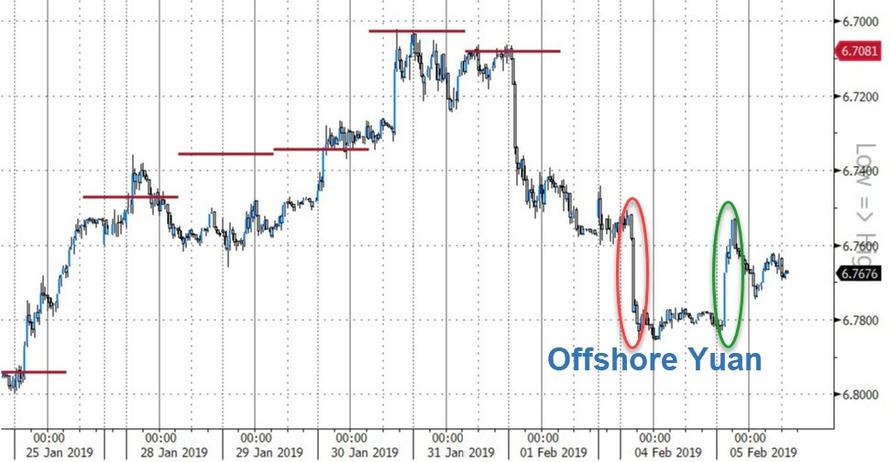

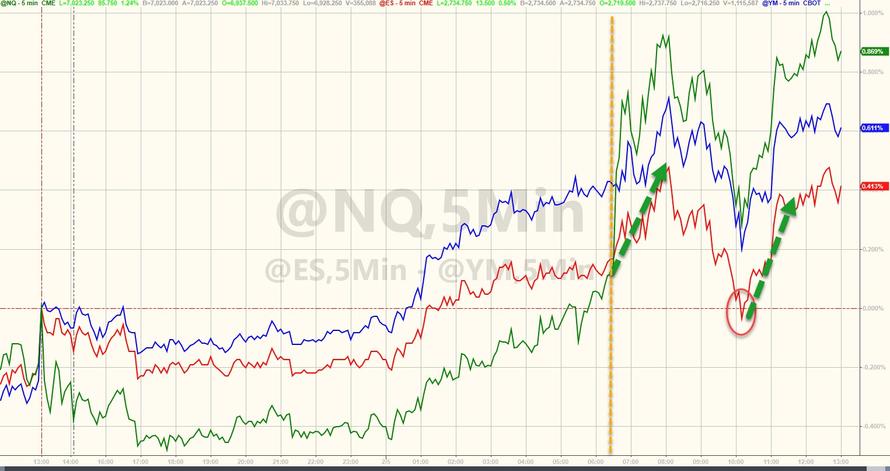
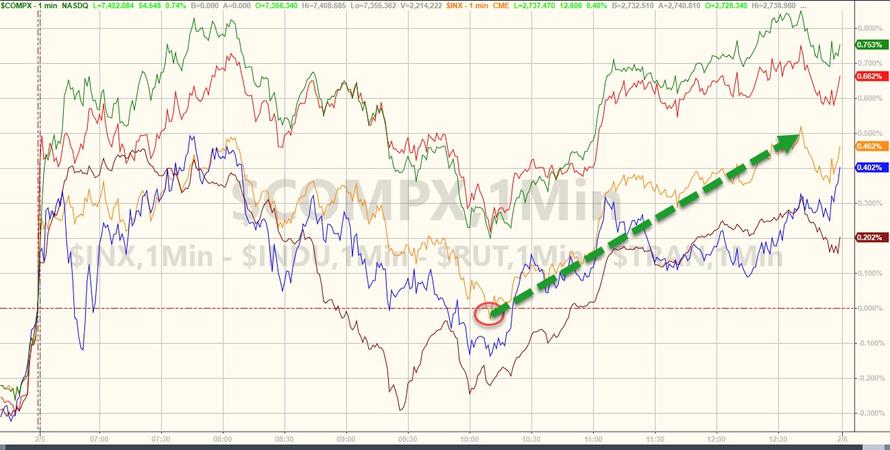
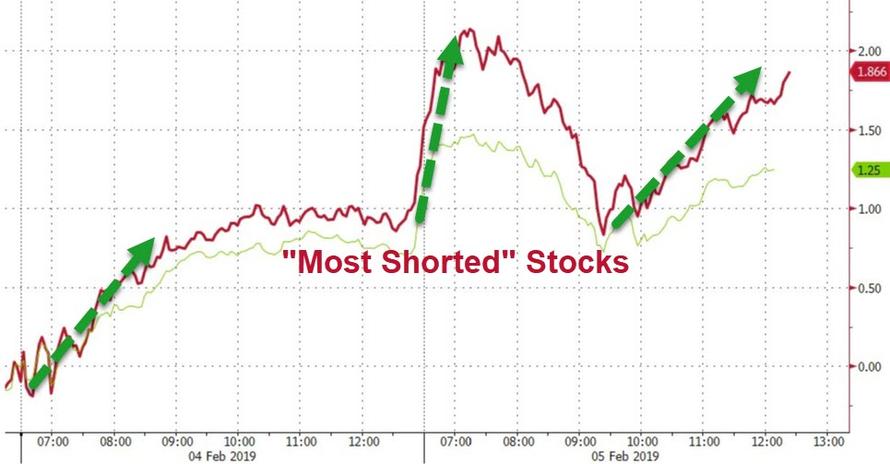

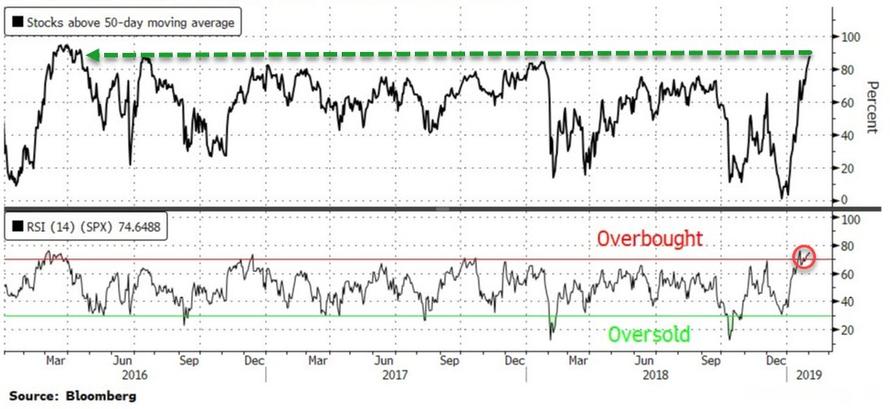
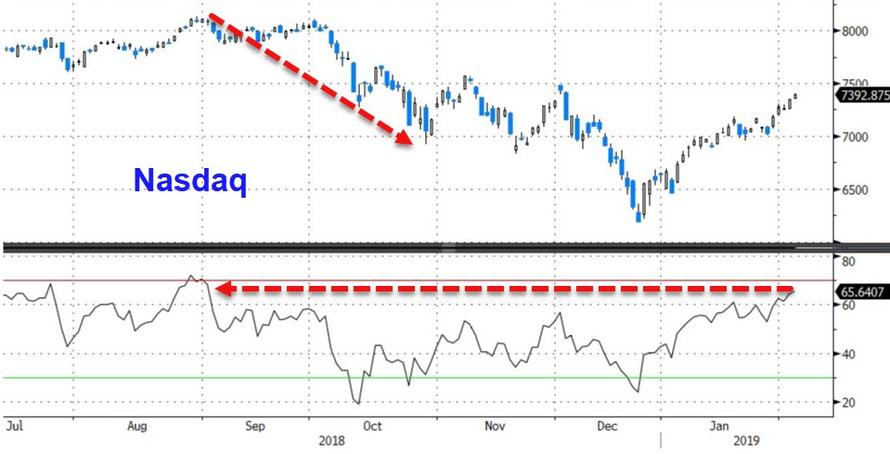
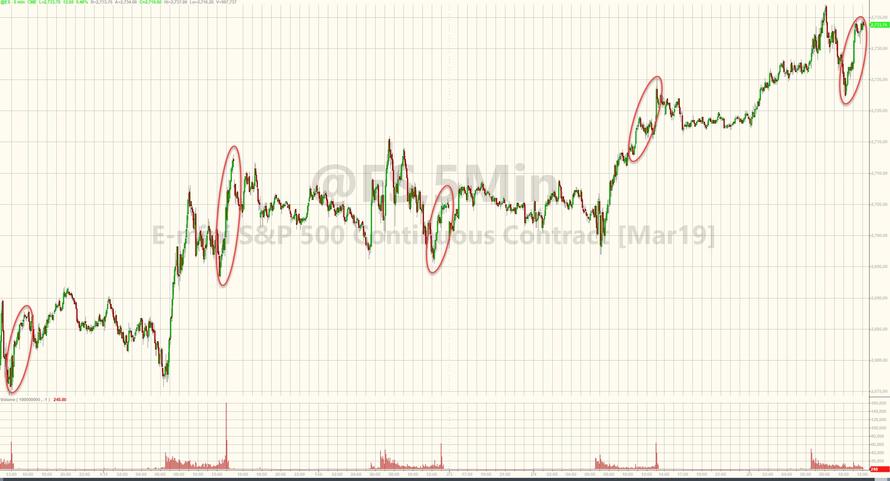
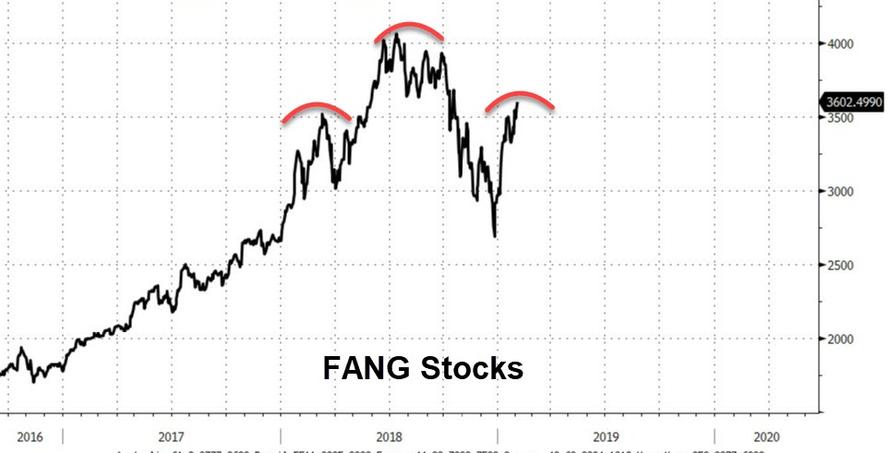


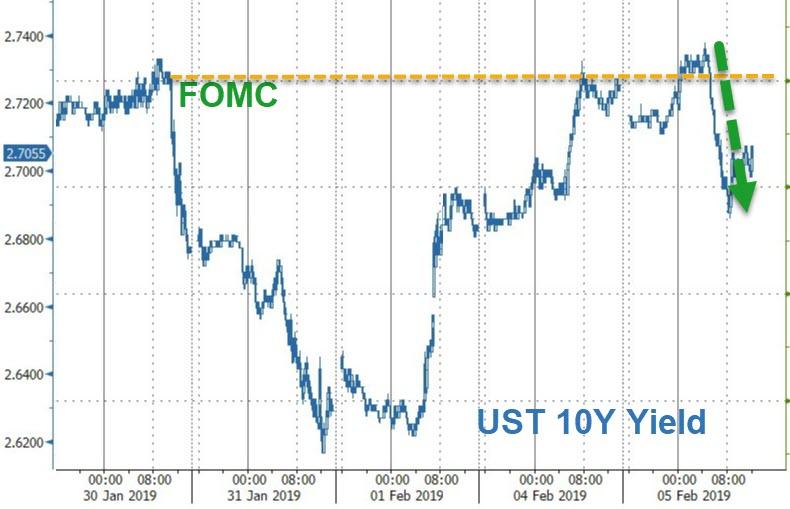


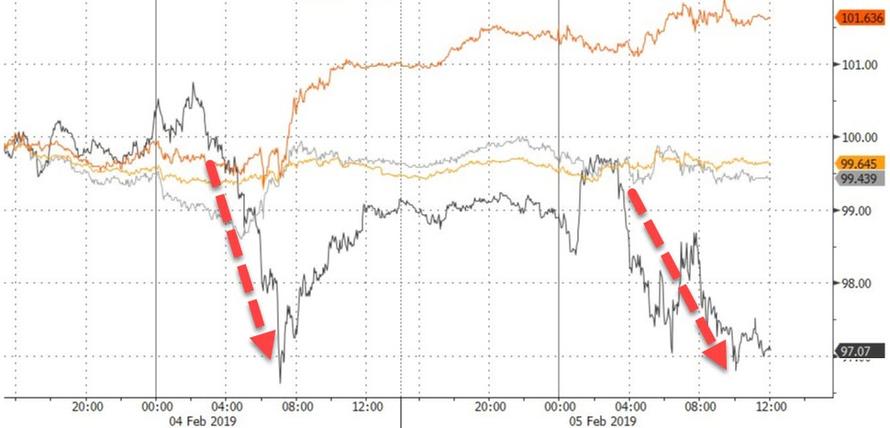

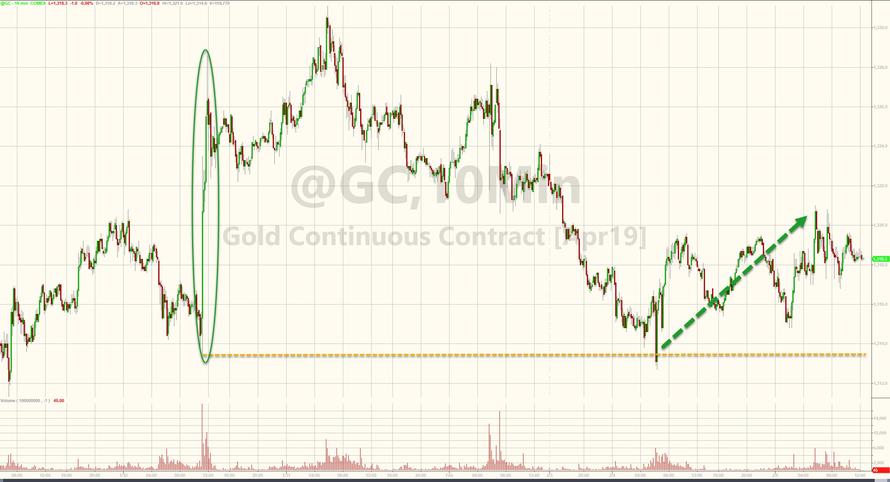


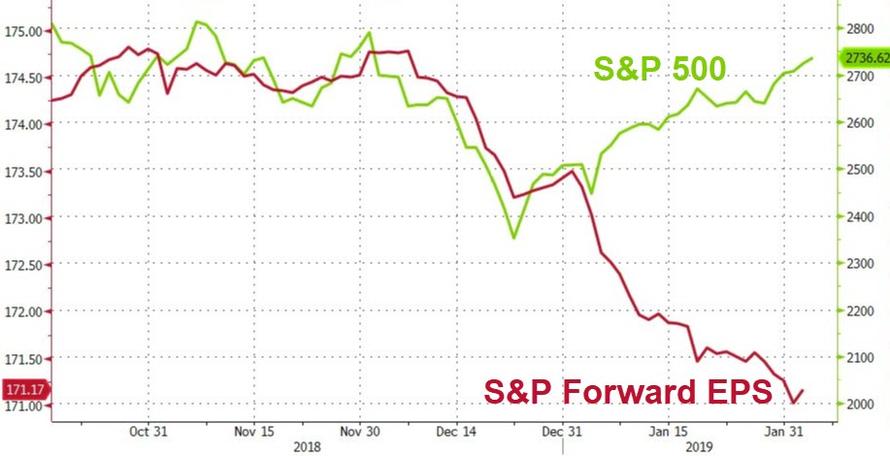

 Aaron Peskin, a member of San Francisco’s Board of Supervisors, has proposed a new ordinance that could severely limit city agencies’ use of enhanced surveillance of the city, including a
Aaron Peskin, a member of San Francisco’s Board of Supervisors, has proposed a new ordinance that could severely limit city agencies’ use of enhanced surveillance of the city, including a 
 Today, the Senate is expected to pass a major piece of foreign policy legislation that awards billions in military assistance to our allies in the Middle East, imposes new sanctions on rivals, and condemns President Donald Trump’s plans to start pulling troops out of the region.
Today, the Senate is expected to pass a major piece of foreign policy legislation that awards billions in military assistance to our allies in the Middle East, imposes new sanctions on rivals, and condemns President Donald Trump’s plans to start pulling troops out of the region. Would you believe that Connecticut is the only state in America that doesn’t force nail tech and skincare workers to get hours and hours of training and pay for occupational licensing to do their jobs?
Would you believe that Connecticut is the only state in America that doesn’t force nail tech and skincare workers to get hours and hours of training and pay for occupational licensing to do their jobs?
 For many years, I wrote Reason‘s State of the Union drinking game, which typically included a list of likely phrases and topics, and instructions to drink if and when they came up during the speech. The idea, generally speaking, was to predict as much of the speech as possible, offer a few links to relevant Reason stories, and—within limits—to drink accordingly.
For many years, I wrote Reason‘s State of the Union drinking game, which typically included a list of likely phrases and topics, and instructions to drink if and when they came up during the speech. The idea, generally speaking, was to predict as much of the speech as possible, offer a few links to relevant Reason stories, and—within limits—to drink accordingly.